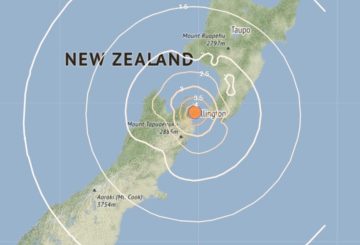뉴질랜드는 국경을 완전히 개방했지만 뉴질랜드 방문객 수는 느리게 증가할 것으로 보고 있다.
코로나 이전 유학생들은 뉴질랜드 경제를 뒷받침하는 주요 부분이었다.
스티븐 하그리브스(Steven Hargreaves) 맥클린스 고등학교(Macleans College) 교장은 교육 현장에서는 유학생 수를 다시 늘리고 싶어하지만 이를 위해 유학생들이 국경 개방과 동시에 입국할 수 있도록 몇 달 전에 신청서를 받았다면 좋았을 것이라고 말했다.
그는 학교가 따라 잡을 일이 많을 뿐 아니라 많은 학교들이 국제 프로그램을 중단하고 관련 직원을 해고했다고 전했다. 이러한 점은 새로운 유학생을 뉴질랜드로 데려오는 데 걸림돌로 작용할 수 있다.
뉴질랜드 이민국 소속 사이먼 샌더스(Simon Sanders) Reconnecting NZ 책임자는 국경 변경은 “중요한 사안”이었지만 결과적으로 얼마나 많은 방문객이 돌아올 지 예측하기는 어렵다고 밝혔다.
“코로나 이전과 동일한 수준의 수요를 기대하지 않는다고 봐도 무방하다. 아마 여러 가지 이유 때문일 것이다”면서 “무비자 방문이 불가한 중국의 경우, 방문자 수는 많지만 여전히 다양한 여행 제한 적용을 받으므로 적어도 국경 개방 시작 지점에서는 큰 수요를 기대하지 않고 있다.”
샌더스씨는 뉴질랜드 이민국이 근무일 기준 20일 이내에 “간편” 관광 비자를 처리하겠다는 약속과 함께 즉각 비자 처리를 시작할 것이라고 전했다.
그러나 내년에 뉴질랜드 입국을 희망하는 학생들에게는 유학 준비를 조금 더 기다릴 것을 부탁했다.
“입학 허가를 받은 학생들에게는 즉시 지원서를 제출하도록 권장하고 있다. 2023년에 공부하려는 사람들은 올해 들어와야 하는 학생들이 먼저 처리될 수 있도록 몇 개월 간 보류하기를 당부한다.”
이민국은 비자 처리 업무를 지원하기 위한 230명의 새로운 직원을 모집했다.




























































